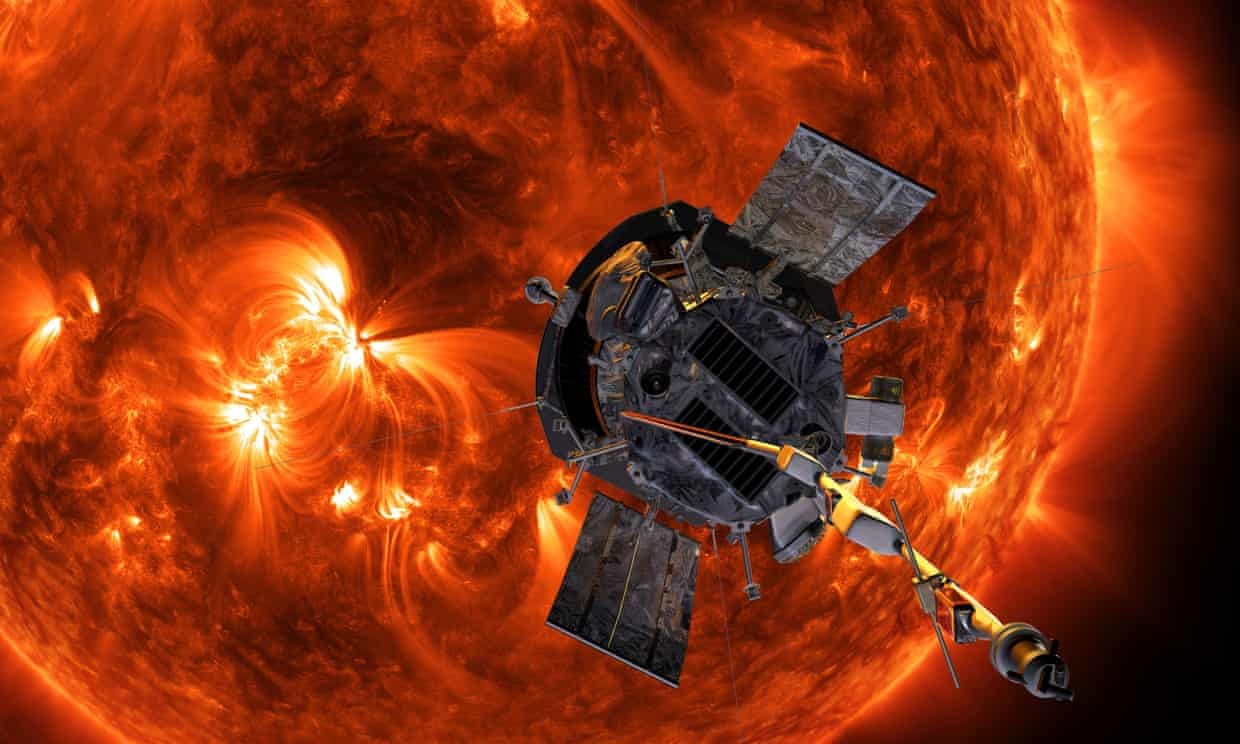Jim Woodward has had a theory that can be used for space exploration since the 1990s. This theory, based on a formulation of the Mach principle, has been applied in the development of a novel thruster prototype. Nobody knows if this research is a simple illusion or the beginning of a real revolution.
James F. Woodward is Professor of History and Adjunct Professor of Physics at California State University in Fullerton (USA). In 1990, the interested party gave his name to the Woodward effect , a physical hypothesis relating to the possibility for a body to see its mass vary when its energy density varies over time while it undergoes acceleration.
As Wired explains in an article published in March 2020, Jim Woodward is behind a gravitational assistance prototype Mach effect (MEGA). It is a device measuring only a few centimeters in length. Made of metal, electric wires and piezoelectric crystals, this prototype is isolated from the external environment in its transparent vacuum chamber. However, the physicist thinks that this small device could one day allow humans to travel from star to star.
Remember that spacecraft most of the time use a form of propellant to propel themselves. One example is NASA's fastest spacecraft, the Parker Solar Probe (PSP). This probe advances at approximately 650,000 km/h and would theoretically take several thousand years to reach Alpha Centauri, the planetary system closest to ours. Jim Woodward's prototype is different in that he relyed solely on electricity . In other words, in space, this ship would rely on solar energy or a nuclear reactor.
The prototype would not allow the ship to have rapid acceleration, but to accelerate gradually and above all, continuously. According to the physicist, it could eventually be a question of a still unequaled speed allowing to consider a trip to Alpha Centauri over a period less than that of a human life. On the other hand, the physical principles governing the MEGA prototype are subject to criticism.

In theory, piezoelectric crystals store tiny amounts of energy and vibrate tens of thousands of times per second, in the presence of an electric current. In addition, certain vibrational frequencies harmonize when crossing the device and when a perfect synchronization occurs, this produces forward propulsion. For most researchers familiar with the work of Jim Woodward, however, this prototype is based on a non-existent physical force.
Despite the skepticism of his peers, Jim Woodward and his partner Hal Fearn say they have recently obtained encouraging results. The duo managed to achieve steady bursts of one hundred micronewtons by changing the layout of the thruster. However, these are figures hundreds of times higher than those of their previous tests. For the very first time, the researchers were able to observe their prototype with the naked eye jumping 0.5 mm. Nevertheless, this advance does not make it possible to forget the "precedents", the latter containing calculation errors and false positives.
The duo is already thinking about the next stage of the project, namely sending the prototype to other teams of research. The goal? Allow other scientists to reach the same conclusions. One of the researchers wishing to test the prototype is Mike McDonald, an engineer at the Naval Research Laboratory in White Oak, Maryland (United States). Even if by their own admission, the chances of success are slim, the project leaders still have hope.